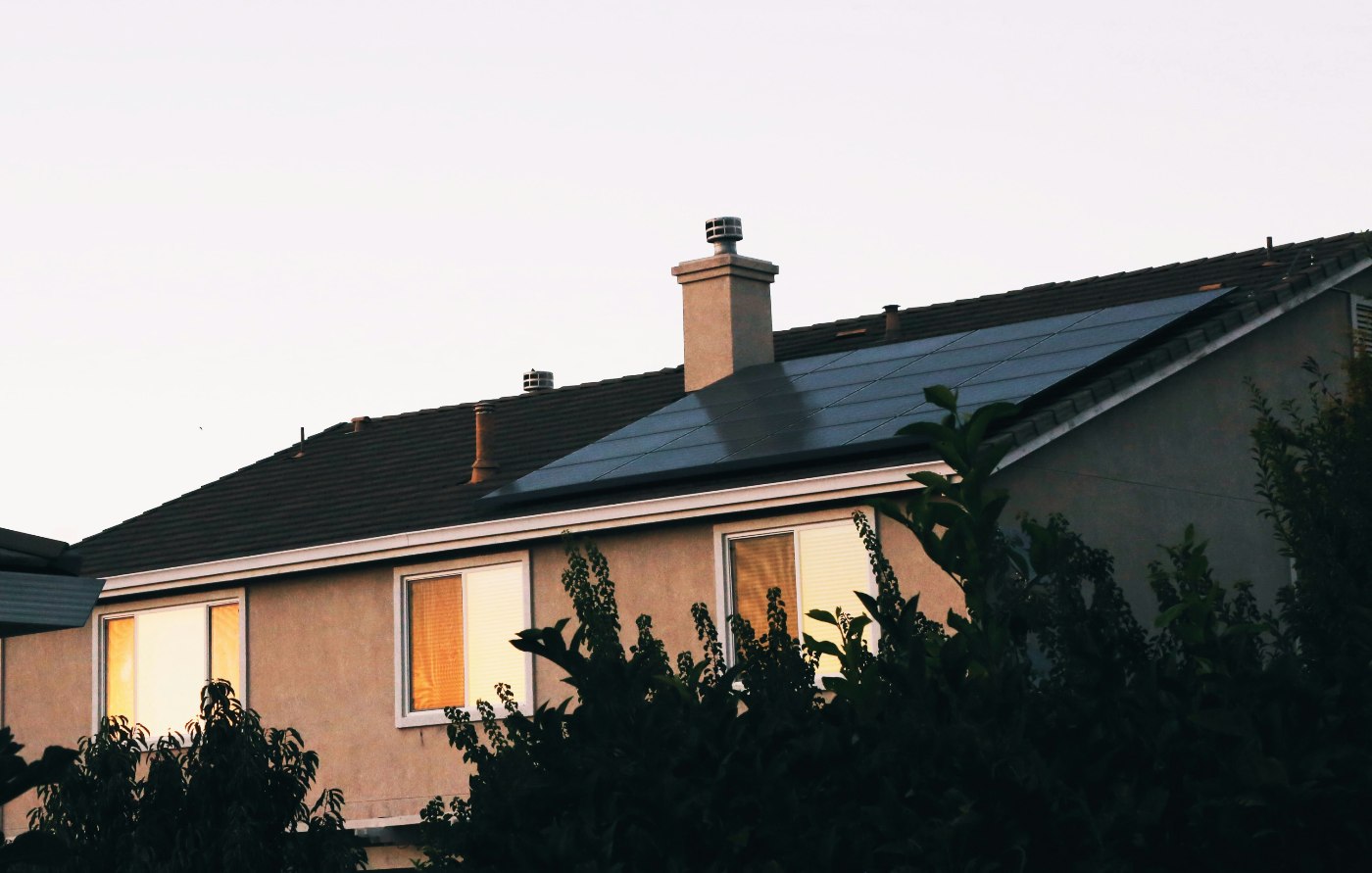It’s no secret that heat pumps are gaining in popularity. They’re more energy-efficient, eco-friendly, and thrive on the very same conditions (moderating winters, intensifying summers) that are the signatures of climate change.
But where the U.S.’s adoption of heat pumps is still measured on a per-housing unit basis, Europe is going one step further. Make that one giant leap further.
Instead of building and installing the kinds of home units dotting the typical suburban American landscape, Europe is building massive heat pumps capable of heating and cooling entire city blocks and, in some cases, entire cities.
The world’s largest heat pump (at least for now), can be found in Hammarby Sjöstad, Sweden. Consisting of seven heat pumps operating in tandem, the plant boasts a thermal capacity of 225MW.
The size of a two-story home, the Hammarbyverket (Hammarby Works) plant pulls waste water into its industrial-sized compressors to eventually pump heat to thousands of buildings across the city.

Sweden’s Hammarby Sjösta which, for now, is home to the world’s largest heat pump – a 225MW behemoth capable of heating huge sections of the city.
Perhaps given the size of these units, the Swedes and Danes have taken to affectionately giving them their own names. Two of the 40MW units that make up the Hammarby Works plant, for example, are named Fredrika and Kare.
The Move to Massive Heat Pumps
While industrial-sized heat pumps enjoy the same efficiencies as their much smaller cousins, what sets them apart – other than sheer size and capacity – is their ability to put to work large-scale sources of water, including lakes, treated waste water, and commercial output (data centers, for example, produce prodigious quantities of heated water as part of their cooling process).
Europe’s push to adopt massive heat pumps took off in the wake of the Russian invasion of Ukraine. Long dependent on cheap, plentiful Russian natural gas, most of the continent is understandably eager to build more reliable sources of heat.
At the same time, much of Europe is moving to decommission as many of its old coal-fired plants as possible as part of the continent’s efforts to reduce its carbon footprint.
- Esbjerg, Denmark – Installing twin heat pumps (60MW capacity) that will pull water from the North Sea to heat roughly 25,000 homes. Largest of its kind to use supercritical carbon dioxide.
- Helsinki, Finland – Using water from the Baltic Sea to heat up to 40% of the capital city. The country is currently building what will be the world’s largest single heat pump, capable of warming 30,000 homes and operating at temperatures as low as -20C.
- Vienna, Austria – Plans to double the city’s current heat pump capacity (from 3 district-sized units to 6).
- Mannheim, Germany – The country’s largest river-based heat pump (Rhine) is heating thousands of homes as part of Germany’s commitment to achieve a climate-neutral heating sector by 2040.
Will the U.S. Follow Suit?
Given the enormous costs associated with retrofitting steam-powered utility plants (heat pumps can’t produce steam) and becaue the U.S. produces abundant supplies of its own natural gas, it’s highly unlikely we will see massive, European-style, heat pumps anytime soon.
That equation changes, however, for smaller, insulated communities such as colleges and universities, new multi-unit developments, or even tribal communities.





